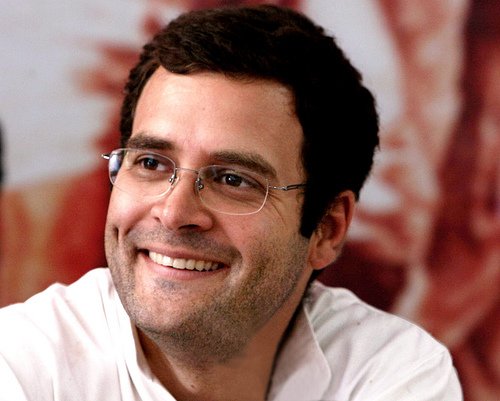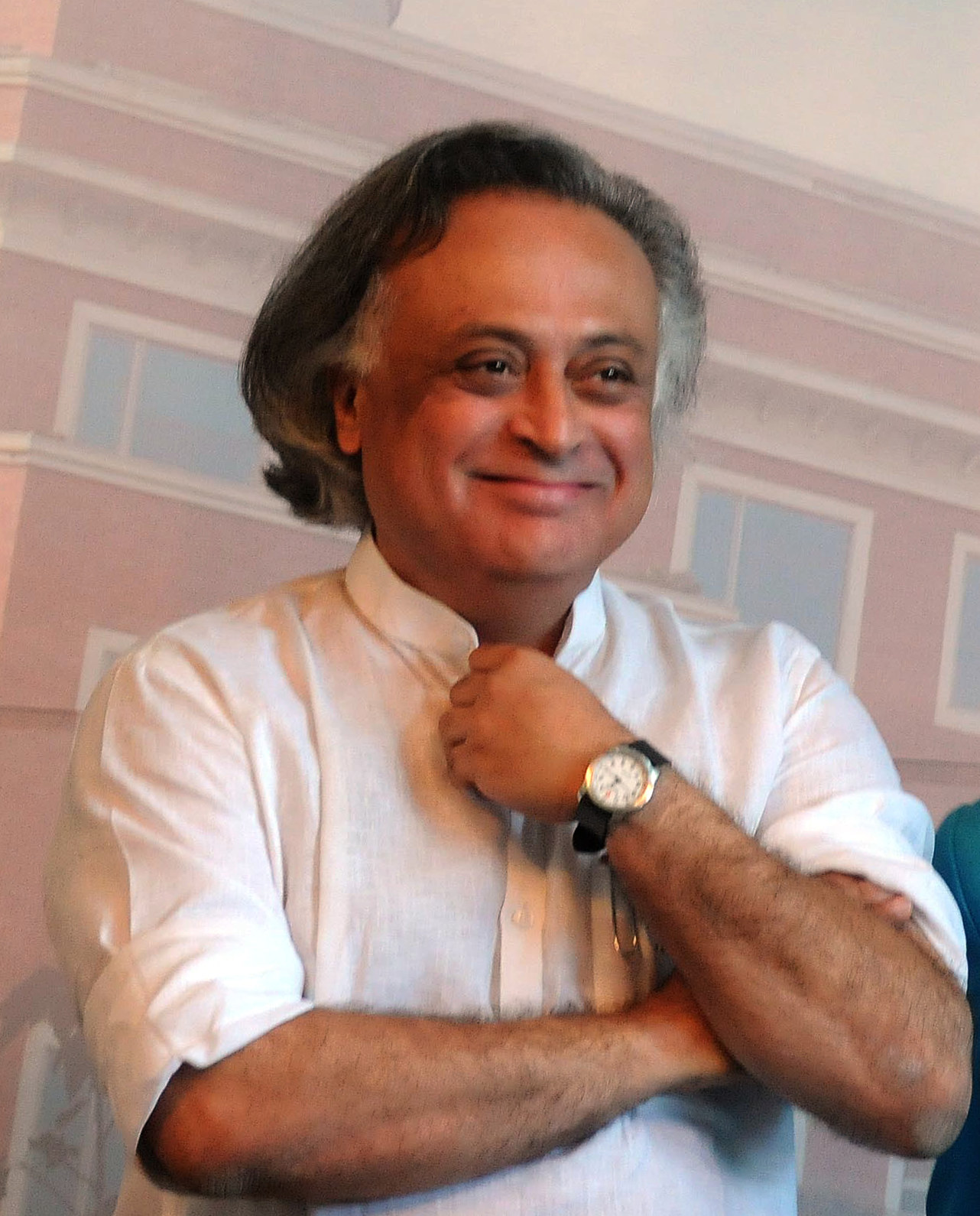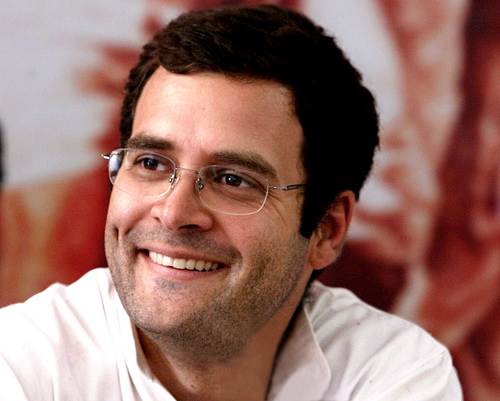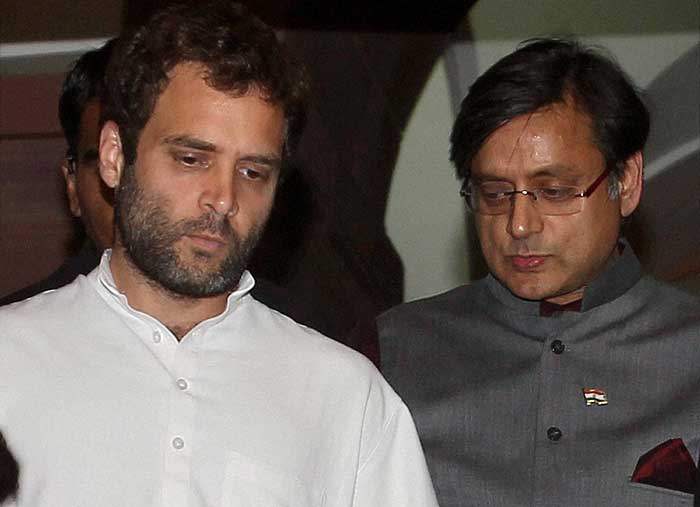
I am writing this on Sunday, October 22, 2017. The prime minister Narendra Modi will visit Gujarat the third time this month. In the runup to the state assembly elections, he will inaugurate and lay the foundation stones to a number of projects.
The prime minister’s multiple visits to Gujarat have led to the question—is the BJP on a weak wicket in Gujarat? A strong anti-Bhartiya Janata Party (BJP) front seems to be emerging in the state. The leader of the other backward classes(OBCs) Alpesh Thakor is expected to join the Congress on October 23, 2017. Hardik Patel, the leader of the Patidar Patels, through his tweets seems to have indicated his preference for the Congress, though some of his aides have joined the BJP. Also, Patel currently is not old enough to fight elections.
On the flip side, Gujarat (unlike many other Indian states) has always been a two-horse race between the BJP and the Congress. And in this race, the Congress has gone nowhere in the recent decades. It’s vote share has moved between 33-38 per cent of the votes polled and hence, India’s grand old party has not managed to displace the BJP. The extra 5 per cent vote that the Congress would need to give tough competition to the BJP, have never really come.
How will things turn out this time around? Honestly, I am not a political analyst and don’t know the answer to this. But what I do know is that the BJP has built a formidable election management system under its president, Amit Shah.
Prashant Jha in his new book How the BJP Wins—Inside India’s Greatest Election Machine describes this election management system in detail. And after reading this book I can say with reasonable confidence that displacing BJP at the state level (in the various assembly elections scheduled up to 2019) and in the Lok Sabha elections scheduled in 2019, will be no cakewalk.
This, despite the fact, that the Modi government has managed to screw up the economy big time through the disastrous decision to demonetise Rs 500 and Rs 1,000 notes, and a terrible implementation of the Goods and Services Tax.
I will not get into the details of the election management system of the BJP that Jha writes about in his book, given that a single Letter cannot do justice to it. Hence, dear reader, if you do have the time and the inclination, do check out the book.
Nevertheless, in this Letter I will talk about the factors that go in favour of the BJP and Modi, and the factors that go against them, when they fight an election in the days to come and this includes the Lok Sabha elections of 2019. Let’s look at these factors one by one.
1) Let’s start with the performance on the economic front. The promised acche din are nowhere in sight. In fact, the informal part of the economy which forms around 40 per cent of the GDP and employs more than three-fourths of the labour force, has collapsed. Economic growth has collapsed from more than 9 per cent to now less than six per cent. As far as the non-government part of the economy is concerned, which forms close to 90 per cent of the economy, it is now growing at just 4.3 per cent. So, there clearly are issues on the economic front. Having said that the government has time up until 2019 to set it right.
2) Also, more importantly does economic performance of the nation, really matter to the core supporters of Modi and the BJP. Or are they simply happy with the stand that the government is taking on the Ram temple in Ayodhya and all the rhetoric that surrounds the protection of the cow.
This will be a really important factor in any election. It remains difficult to figure out to what portion of the voters are these issues important. Not surprisingly, a narrative is already being built around these issues, for the core support base. And as May 2019 approaches, things could get murkier on this front.
As Evan Davis writes in Post Truth—Why We Have Reached Peak Bullshit and What We Can Do About It: “Like-minded groups of individuals share a narrative about many things… These narratives are sometimes true, sometimes not, but they are often like stereotypes… Once embedded in our minds though, they can easily gain excessive traction and trample over truth as willing believers put too much weight on propositions that conform to their narrative without looking for evidence in support of them.”
3) Further, it is worth asking whether voters vote based on the economic policy being practiced by the government. As Davis writes: [The] argument that who you are matters more than the substantive point you are making is especially true about politicians. Voters focus on character rather than policy partly because they are better able to judge character and are relatively uninformed on policy… So, for a politician, having a good reputation is worth a hundred quick victories in specific arguments.”
Modi’s personal brand still remains strong, though it may have been battered a bit. Over and above this, his brand will always be compared to those he is competing against and on that Modi wins hands down.
4) Expanding on the third point, the question is who will be the leader of the opposition parties. Will it be Rahul Gandhi? Or will it be a leader like Mamata Banerjee? As Jha writes in How the BJP Wins: “Will Rahul Gandhi accept a regional leader? Will a powerful regional leader like Mamata Banerjee accept a Rahul Gandhi?”
It will be imperative for the united opposition (if anything like that emerges) to have a consensus candidate and fight their elections under him, because a presidential style contest is likely to emerge, in the fight against Modi.
5) Other than choosing the right candidate, the opposition parties will have to build a credible narrative around him and what they have to offer. The narrative will be necessary to expand the core base. Just saying that we are there to displace Modi is unlikely to work. As Jha writes: “If ‘remove Modi’ is the only message, and the glue that binds them together, then they have a problem. Modi will project it, much like Indira Gandhi did, as a battle between him – a man committed to removing India’s poverty, man committed to India’s vikas – against a conglomeration of small, scattered, disparate units – united only by their hatred for him.”
6) Also, do these parties have the organisational muscle to take on the organisational muscle of the BJP and the Rashtriya Swayemsevak Sangh (RSS). The BJP always had access to the organisational muscle of the RSS, but the Sangh in the past, has not always deployed those resources totally, to help the BJP. That has changed now because of the personal relationship that Modi shares with the Sangh boss Mohan Bhagwat.
Narendra Modi was practically brought up in the RSS. And as Jha writes: “To top it all, Modi’s mentor in the Sangh happened to be Bhagwat’s father.” How do you tackle an equation like this?
7) In many states, like Gujarat, Rajasthan, Madhya Pradesh, Chhattisgarh and Karnataka, any election will be a direct contest between the Congress and the BJP. Does the Congress have the organisational strength to take on BJP and the RSS?
The bigger problem for the Congress is that it does not have full time politicians at the top. Narendra Modi and Amit Shah are full time politicians. They don’t have any other interests in life. The same cannot be said about the Congress leadership. Whatever people might say about the recent revival of Rahul Gandhi, he just doesn’t inspire enough confidence. I am just waiting for him to take his next holiday at a point of time, when he should be in the country.
The Congress Party for the last many years has always been led by a Gandhi. The Gandhis brought in the votes. But now that is no longer the case. So, the question that is being asked can a non-Gandhi lead the Congress. For a moment, let’s assume that the Gandhis take a backseat. Will the other leaders of the Congress be ready to work under the leadership of a non-Gandhi? I don’t think so. Without, the Gandhis at the top, the glue that holds the party together, the party is likely to break up and if not that the factionalism is bound to increase dramatically.
8) A big advantage that the Modi government has, and which the opposition doesn’t, is that it can use the official machinery in its favour. Recently, the Election Commission announced the election dates for the assembly elections in Himachal Pradesh, but did not do so for the assembly elections in Gujarat and offered a very flimsy reason for it. This gave Modi and the BJP more time to launch more new projects in the state and offer more sops to the voters, something they wouldn’t have been able to do, if the election dates would have been announced.
Over and above this, the government (like the previous governments) can continue using taxpayers’ money to keep building their brand. They can also announce waive offs closer to the election date. I have a feeling that sometime in late 2018, early 2019, a big Mudra loan waive off is on its way. More than 9 crore Mudra loans have been distributed till date. And any waive off of these loans, will give a huge push to the electoral chances of the BJP in 2010, given that it will impact 45 crore individuals in total (assuming a family of 5 per household) are likely to be impacted by the move.
9) Up until now, I have offered reasons which go for the BJP. Now that doesn’t mean that all is well with the BJP. The section of the population is clearly not happy with the economy not doing well. A million youth are entering the workforce every month and the job scene continues to remain bad. The trouble is that the government is simply unwilling to recognise this problem and keeps talking about self-employment opportunities that it has created. These claims are rarely based on any data. The problem with trying to be too clever all the time is that ultimately you get found out. This something that the BJP leaders need to seriously think about.
So, it remains to be seen whether this issue emerges as a strong political issue. It further remains to be seen whether the opposition parties are able to tap into the frustration of the youth who are entering the workforce and not been able to find decent jobs.
Many land owning communities like Marathas, Jats, Patidar Patels and Kapus, have launched protests in the recent past, demanding reservations in government jobs. This remains a tricky issue to handle.
10) In states like Uttar Pradesh, where the BJP has done well, it has built a broad coalition of castes. In Uttar Pradesh, along with the support of upper castes, the BJP was able to reach out to backwards particularly those who did not like the rise of the Yadavs under the previous regime, and the Dalits, particularly those who did not like the rise of the Jatavs under Mayawati. The trouble is that the any government has only so many resources to share and distribute.
As Jha writes: “Caste groups end up competing with each other for state patronage, resources, access to power. There are limited opportunities available and so certain caste groups and, within the caste groups, certain individuals end up cornering more than their share of positions… A road is constructed or schemes are more effectively implemented depending on whether the constituents of that village are supporters of the regime in power. Given weak institutions, access to political power often determines if a person of a specific caste has access to the local police station.”
If sabka saath sabka vikaas has to become a reality, then the current governance structures will have to be changed. Local police officials need to respond to various complaints, irrespective of the caste of the individual making the complaint. This remains very difficult to implement.
Already, in Uttar Pradesh there are accusations of Thakurs, the caste to which chief minister Yogi Adityanath belongs to, taking over the police administration.
11) For a very long time, the BJP was a party supported by the upper castes and the business castes. Under Modi and Shah, the support base of the party has expanded and includes a large section of the poor as well. While, this has benefitted the party tremendously, the party organisation hasn’t changed to reflect this new reality. As a top BJP leader told Jha: “The party organisation has still not transformed itself. At the moment the party’s character and the PM’s support base may slowly diverge. You cannot have an SUV driving rich contractor as your district president if your target is the poor voter.”
This can lead to a situation where the party’s political messaging is neither here nor there.
To conclude, these are the factors which will matter in the runup to the 2019 elections. While, BJP is on weaker wicket in comparison to 2014, a small industry seems to have emerged in writing off the electoral chances of BJP in 2019, on the basis of a few recent losses in assembly, Lok Sabha, and a few other smallish elections. But they are really jumping the gun, on the basis of very little evidence.
The BJP’s election machinery is very strong, and it will take on these defeats in its stride.
The column was originally published in Equitymaster on Nov 1, 2017.



